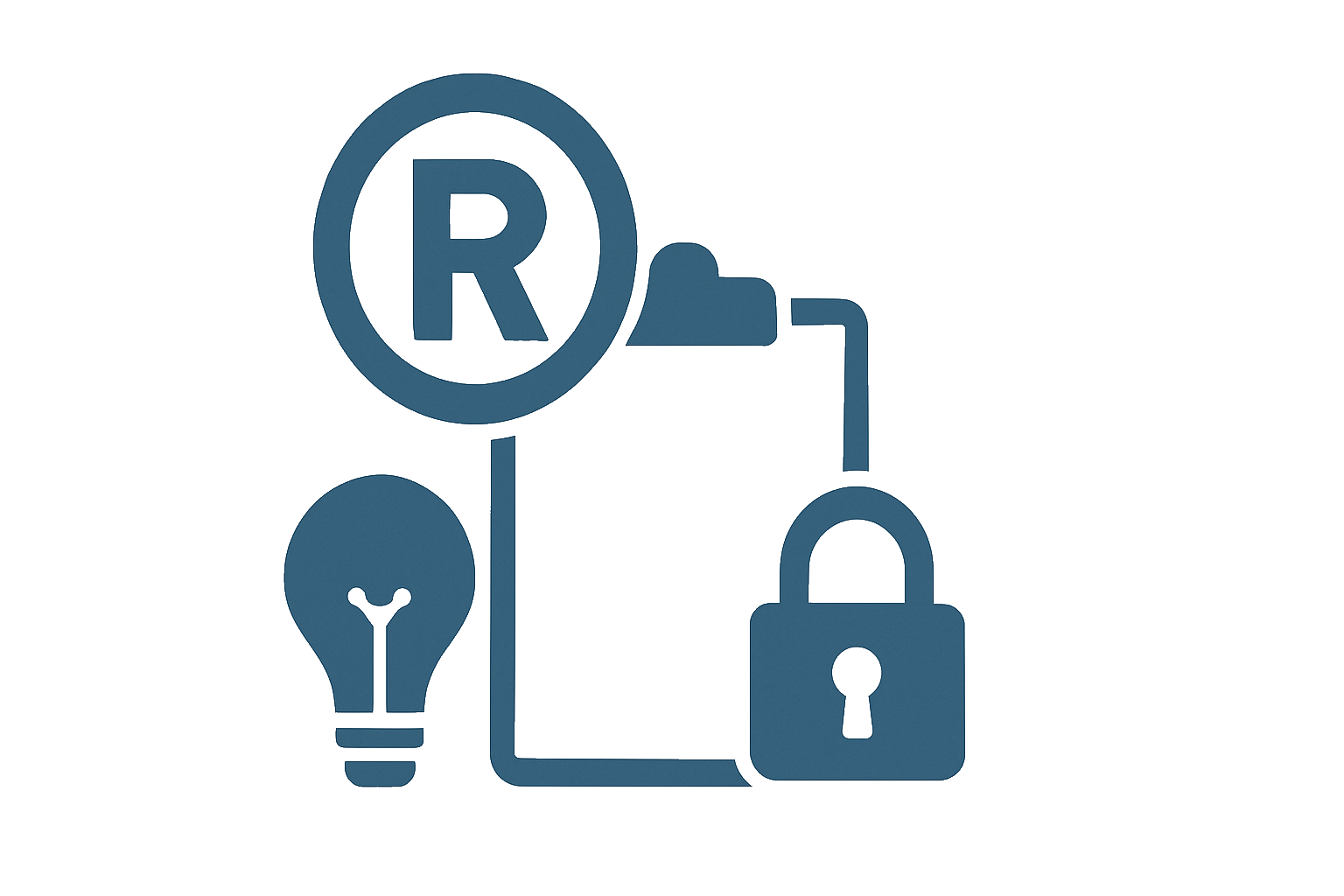📌 Quick Summary
1-Sentence Answer
Getting a cease and desist letter is scary, but don’t panic—carefully review the claims, gather evidence, and consult a lawyer before you respond or react.
The Article Overview
This article demystifies the dreaded cease and desist letter, outlining what it is, why you received it, and most importantly, how to respond smartly—without making things worse. Packed with actionable steps, FAQs, business examples, and a dash of humor!
❓ Common Questions & Answers
Q1: Is a cease and desist letter the same as getting sued?
A1: Nope! A cease and desist letter is a warning, not a lawsuit. It’s meant to get your attention and start a conversation before things get truly expensive.
Q2: Do I have to reply to a cease and desist letter?
A2: Technically, you aren’t legally required to reply, but ignoring it could escalate the situation. A thoughtful response, often via your lawyer, is usually best.
Q3: Can I post the letter on social media to “shame” the sender?
A3: Tempting, but not recommended! Publicizing legal matters can backfire and even harm your defense if things go to court.
Q4: Should I just do what the letter asks to avoid trouble?
A4: Not so fast! Make sure you fully understand the claims and consult a lawyer before complying. You might have more options than you think.
Q5: Can I write my own cease and desist letter if I feel wronged?
A5: Absolutely! Anyone can send one, but it’s best to let a lawyer handle it so it doesn’t accidentally make things worse (or more hilarious than intended).
📜 Step-by-Step Guide
Step 1: Do Not Panic
Breathe. Receiving a legal letter is intimidating, but most cease and desist letters are intended to start a dialogue, not to ruin your week (or your business).
Step 2: Read Carefully and Save Everything
Read the letter word-for-word. Identify exactly what you’re being asked to stop and what law or right the sender claims you’re violating. Save the letter and any related communications.
Step 3: Gather Evidence and Information
Collect documents, emails, contracts, and anything else relevant to the claim. The more organized you are, the better your position—whether you defend, comply, or negotiate.
Step 4: Consult a Lawyer
A qualified attorney can explain what the letter actually means, evaluate your risk, and help you craft the right response (or tell you if you should respond at all).
Step 5: Decide on Your Response Strategy
Your options range from ignoring the letter (not recommended!), complying, negotiating, or pushing back—possibly even filing your own lawsuit if things escalate.
📖 Historical Context
The cease and desist letter is a beloved classic in the legal world—right up there with “we regret to inform you” and “your call is very important to us.” Its origins stretch back centuries, when disputes over land, livestock, or mustaches were settled by sternly worded scrolls. By the late 19th century, as intellectual property laws evolved, cease and desist letters became the go-to tool for warning off would-be copycats, pirates, and enthusiastic business rivals.
With the digital age came email, social media, and a whole new world of “infringement.” Suddenly, a small business in Utah could get a cease and desist from a multinational corporation in Germany—no carrier pigeon required. These letters now play a critical role in helping parties resolve disputes out of court, giving both sides a chance to avoid public, expensive, and exhausting litigation.
But let’s not kid ourselves: while the language has modernized, the heart-pounding moment when you see “LAW OFFICE” in your inbox is universal. Fortunately, modern legal practice means more options for recipients than ever before—provided you take the right steps, keep your cool, and (for heaven’s sake) don’t start ranting on Twitter.
🏢 Business Competition Examples
-
Apple vs. Samsung
Apple frequently sends cease and desist letters regarding alleged patent infringements—sometimes leading to years-long court battles, but sometimes just leading to product tweaks and mutual agreements. -
Netflix vs. Unofficial Merch Sellers
Netflix has become famous for sending witty cease and desist letters to people selling unauthorized “Stranger Things” merchandise, sometimes resolving things with humor and an agreement rather than a lawsuit. -
A Local Bakery vs. National Brand
A small-town bakery named “Crumbs” got a cease and desist from a large national chain of the same name. The bakery negotiated a peaceful solution, simply updating their signage to avoid confusion. -
Amazon vs. Fake Review Rings
Amazon regularly fires off cease and desist notices to shady sellers organizing fake product reviews, often leading to bans or legal settlements rather than drawn-out lawsuits.
💬 Discussion Section
Let’s get real: nobody ever wished for a cease and desist letter to brighten their day, but handling one well can make the difference between a small headache and a full-blown legal migraine.
First, take a beat.
Remember, the purpose of a cease and desist letter is to put you on notice. It’s often more about scaring you straight (or at least scaring you into negotiating) than actually dragging you to court. The good news? This means you have time to respond—rationally and strategically.
Second, assess your risk.
Is the claim legitimate? Maybe, maybe not. Your cousin who “took one law class in college” is probably not the best resource here. A real lawyer can tell you whether the threat is serious, a bluff, or a weird flex.
Third, weigh your options.
Compliance might be easy—if the demand is minor and doesn’t wreck your business, consider doing what’s asked (after confirming with counsel). If the demand is unfair, overreaching, or based on a misunderstanding, you might negotiate or even push back.
Fourth, don’t go it alone.
Legal threats are scary, but you don’t have to face them alone. A lawyer can help you navigate the legal jargon, avoid rookie mistakes (like posting the letter on Instagram with #LegalDrama), and craft a smart, measured response.
Finally, keep it off social media.
We know you want to vent. But publicizing a legal dispute can give the sender ammo and damage your reputation. Plus, judges don’t tend to love viral rants.
Most cease and desist letters get resolved without court drama. Often, it’s just a matter of clarifying a misunderstanding, tweaking a business practice, or agreeing to stop doing something you didn’t care much about anyway. Sometimes, though, it’s a sign that you need to stand up for your rights—or at least, prepare for a more serious conversation.
The takeaway? Cease and desist letters are scary but survivable. Keep your cool, get good advice, and you’ll be just fine (and maybe even wiser).
⚖️ The Debate
Side 1: Respond Immediately and Comply
Proponents say the fastest way to avoid expensive lawsuits is to comply—especially if the demand is small or you were actually in the wrong. Responding quickly shows good faith and can prevent escalation.
Side 2: Stand Your Ground and Negotiate
Others argue that you shouldn’t automatically cave. Many letters are sent to intimidate or overreach. By understanding your rights and negotiating, you can often reach a fairer outcome—or prove the claim is baseless.
✅ Key Takeaways
-
Don’t panic—read and save the letter.
-
Gather evidence and consult a lawyer before responding.
-
Never post legal disputes on social media.
-
Know your response options: comply, negotiate, push back, or (rarely) ignore.
-
Cease and desist letters are scary, but often resolved out of court.
⚠️ Potential Business Hazards
-
Ignoring the letter could result in a lawsuit.
-
Responding rashly (especially in writing) can backfire in court.
-
Complying too quickly might cost you more than necessary.
-
Mishandling the situation could damage your reputation or business relationships.
❌ Myths & Misconceptions
-
“Getting a cease and desist means I’m definitely getting sued.” (Nope, not necessarily!)
-
“Only big companies send these letters.” (Anyone can send one—even your neighbor.)
-
“If I ignore it, it’ll go away.” (Wishful thinking!)
-
“I can safely post about it online.” (Please don’t—seriously.)
-
“A lawyer can’t help unless I’m already being sued.” (Actually, they can help the most right now.)
📚 Book & Podcast Recommendations
-
Book: “The Small Business Owner’s Guide to Handling Legal Threats” (Nolo Press)
-
Podcast: “Legal Toolkit Podcast: Cease and Desist Letters 101”
-
Podcast: “IP Fridays: How to Survive Cease and Desist Letters”
⚖️ Legal Cases
-
Adidas America, Inc. v. Payless Shoesource, Inc.
Summary: Adidas sued Payless after multiple cease and desist letters about shoe designs went ignored, resulting in a $305 million verdict for Adidas.
Read Case -
Netflix v. The Little Shop of Souvenirs
Summary: Netflix sent a clever cease and desist over unauthorized merchandise, resulting in a humorous, amicable resolution.
Read Article -
Apple Inc. v. Samsung Electronics Co.
Summary: Multiple cease and desist letters led to years of patent litigation between the two tech giants.
Read Case -
Tiffany & Co. v. Costco Wholesale Corp.
Summary: Cease and desist ignored, leading to trademark litigation and a $21 million judgment for Tiffany.
Read Case
📣 Expert Invitation
Still have questions, or want a seasoned pro in your corner?
Connect with expert attorneys at Inventive Unicorn for strategic advice, personalized help, and the legal backup you deserve!
🔚 Wrap-Up Conclusion
Receiving a cease and desist letter isn’t the end of the world—or your business. With a clear head, the right steps, and maybe a good lawyer (or two), you can resolve most disputes without losing sleep, customers, or your sense of humor. Remember: You’ve got legal mail, but you’ve also got this!











